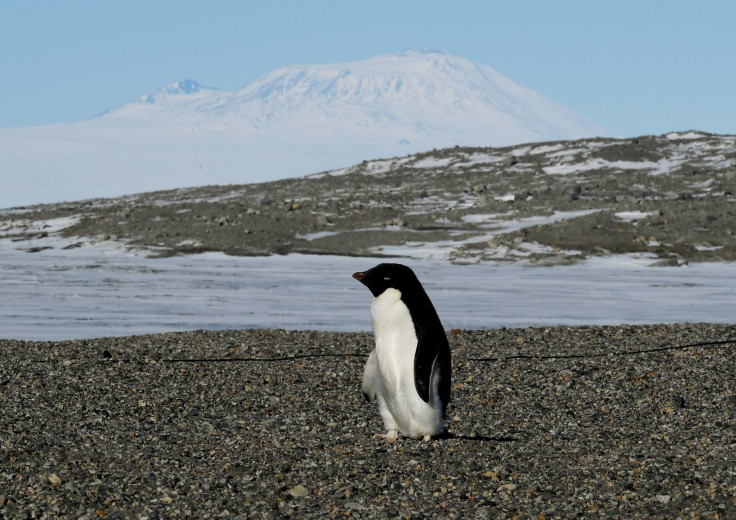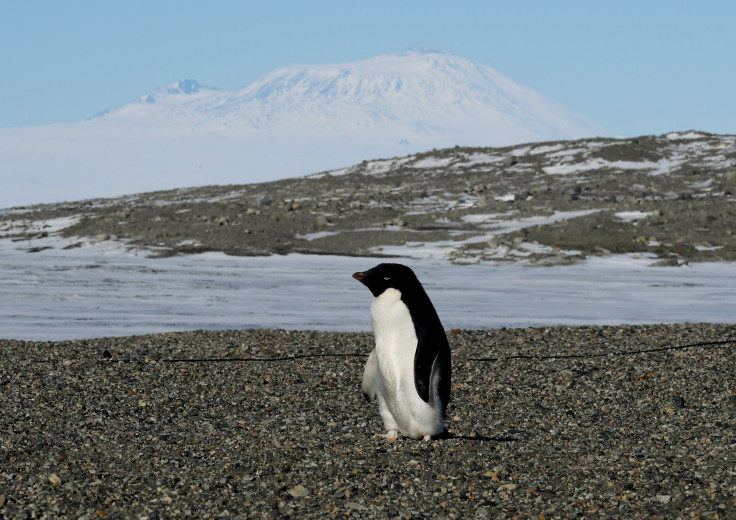Ocean Pollution In Antarctic 5 Times Worse Than Previously Thought: Study

Plastic pollution in the Antarctic is much worse than previously believed — five times worse, to be exact. According to a study by scientists at the University of Hull and the British Antarctic Survey, levels of microplastics in the region’s waters were much greater than formerly estimated.
Microplastics derive from items like toothpaste, shampoo, cosmetics and clothing, or breakdown from larger pieces of plastic debris. And while they usually enter the ocean by way of wastewater, more than half of the research stations in the relatively untouched Antarctic don’t have any such wastewater treatment plants, meaning the plastic is making its way through the Antarctic Circumpolar Current, previously thought to have been almost impossible to pass through.
Read: Dead Whale With Stomach Full Of Plastic Bags Found Beached, Starving
“Antarctica is thought to be a highly isolated, pristine wilderness,” the researchers said in a press release Monday. “The ecosystem is very fragile with whales, seals and penguins consuming krill and other zooplankton as a major component of their diet. Our research highlights the urgent need for a coordinated effort to monitor and assess the levels of microplastics around the Antarctic continent and the Southern Ocean."

Up to 51 trillion microplastic particles exist throughout the world’s oceans, an amount equal to 500 times the number of stars in the galaxy, according to the United Nations.
“We have monitored the presence of large plastic items in Antarctica for over 30 years,” the researchers said. “While we know that bigger pieces of plastic can be ingested by seabirds or cause entanglements in seals, the effects of microplastics on marine animals in the Southern Ocean are as yet unknown. This paper represents an excellent first step towards recognizing the presence of microplastics in Antarctica and allows us to call for international effort in monitoring the situation whilst it is still in its earliest stages.”
This isn’t the first time scientists have been surprised by the sheer volume of pollution in some of the world’s most remote places. Scientists at the University of Aberdeen revealed in a February study that they had found manmade pollution in the deepest reaches of the ocean — more than 36,000 feet down.
In that case, the pollutants found were polychlorinated biphenyls, or PCBs, a type of chemical used in paints, rubbers, plastic and other industrial applications. The toxic chemicals were banned in 1979 after researchers discovered their effect on humans and the environment, but PCBs continue to leach into the ocean to this day, making their way through the food chain and eventually sinking into the depths of the ocean.
Read: Most Ocean Pollution Comes From Asian Rivers, Study Finds
“We still think of the deep ocean as being this remote and pristine realm, safe from human impact, but our research shows that, sadly, this could not be further from the truth,” Alan Jamieson, the leader of the study, said at the time. “The fact that we found such extraordinary levels of these pollutants really brings home the long-term, devastating impact that mankind is having on the planet.”

© Copyright IBTimes 2024. All rights reserved.





















